TP-Link Tapo H500 smart home base is an AI-driven base station with local and HDD storage that supports Tapo cameras and sensors. What’s best – no monthly subscription!
Now there is an argument for and against monthly subscriptions. Arlo, for example, is subscription-based. It claims that the cost of local hubs, extra for the hard disk storage and the static nature of the on-board AI far outweighs the monthly/annual cost of an ever-improving Arlo Secure subscription. Read Arlo Intelligence Powers 6 New Smart Home Security Cameras
Tapo, like Eufy and Swann, have base station recording and would argue that what happens in Vegas should stay in Vegas (no cloud processing and increased privacy) and issue firmware updates that keep the base station leading edge. Read eufy dual-cam superb security – with optional Homebase recording and Swann MaxRanger4K up to 600 metres long-range wireless security cameras.
I won’t argue for a subscription or a base station because it depends on your attitude – upfront capital cost or small monthly bites.
What does the TP-Link Tapo H500 smart home base do?
Before you read on, you need to know what it does and if it’s right for you.
- It is a Toblerone-shaped box that attaches to your router.
- Only works with a range of Tapo-compatible doorbells and cameras. So you need to decide whether Tapo or another brand can provide your security ecosystem
- Only works with a range of Tapo sensors. While it supports Matter, that requires another level of understanding.
- Adds local storage to cameras (2.5” format SATA HDD/SSD required), alleviating the cost of cloud storage.
- Adds basic AI to cameras – ditto.
- Supports an Android Tablet or iPad as a screen (also HDMI out for TV/monitor).
- The tablet runs the Tapo app for control of all Tapo smart devices.
- A number of reports and ways to manage AI recognition.
- Software/Firmware updatable.
It’s the next step over having a swag of Wi-Fi cameras via an App and offers a central hub. It’s the Tapo ecosystem.
Australian Review: Tapo H500 Smart HomeBase
As of 24/10/25. Firmware 1.3.4 Build 20250916 Rel. 53390. Tapo App 3.14.116
Note: Initial reviews at release earlier in 2025 were not great. The firmware and camera compatibility list were the two major concerns. Our firmware release is 16/9/25, and we have not experienced any issues mentioned in earlier reviews.
| Website | Product Page Datasheet Setup Guide Quick Setup |
| Price | approx. $250 (seen for less) |
| From | Harvey Norman, JB Hi-Fi, Officeworks, Bunnings, Amazon AU and TP approved retailers. |
| Warranty | 1-year 3-year updates from release (to 2030) |
| App | TP-Link Tapo for Android and iOS |
| Network | Ethernet 10/100 to router. Wi-Fi 5 GHz to router (alternative). 2.4 GHz for camera connection. Sub-1 Ghz. Matter compatible 1.1 at present (future update to 2.X) ONVIF (Open Network Video Interface Forum) future update |
| Storage | 16 GB eMMC onboard (12 GB free) 2.5” SATA up to 16GB (No M2 PCIe NVME SSD support) Can get hot recording multiple streams |
| Ports | Ethernet 10/100 USB A 2.0 Data 5V/.5A/2.5W USB-C (upstream power only 5V/1.5A/7.5W) HDMI (for external monitor- no Chromecast or AirPlay 2) Power 12V/2A/24W plug pack supplied |
| Siren | 110 dB at the device |
| Size | 160.20 x 98.82 x 83.21 mm x 620 g plus HDD |
| Supports | Up to 16 cameras (view list includes cameras, video doorbells) Up to 64 Tapo sensors |
| Security | Local AI processing and AES 128-bit and TLS 1.2 encryption |
| AI on device | Adds AI to four non-AI cameras (may expand to six). Many recent Tapo cameras are already AI-enabled. Motion Detection Person Detection Pet Detection Vehicle Detection Camera tracking and hand-off to the next camera |
| Tablet | Not supplied. Has a fold-out flap at the front to hold a tablet and a 7.5W USB-C power port. Runs the Tapo app supporting all Tapo devices (easier to use than a phone) Live view of up to four cameras Home and Away mode 3D dashboard Tapo IoT device control |
| Voice | Doorbell voice call speaker and mic. Integrates with Google Assistant (and we assume Gemini), Amazon Alexa, and Apple HomeKit. |
| Matter | Should work with Matter with devices from disparate companies, including light bulbs, switches, plugs, thermostats, door locks, security sensors, leak detectors, media devices, robotic vacuums and smart home products. Functionality may be more limited than in the device’s own app. Matter Bridge Thread Protocol Not Supported Matter Controller (light bulbs and smart plugs only) |
| IP | Indoors |
Ratings
We use the following ratings for many of the items below. CyberShack regards a score between 70 and 80/100 as a fit-for-purpose pass mark. You can click on most images to enlarge them.
- Fail (below expectations), and we will let you know if this affects its use.
- Pass(able) rating that is not as good as it should be.
- Pass (meets expectations).
- Pass ‘+’ rating to show it is good, but does not quite make it to Exceed
- Exceed (surpasses expectations or is the class leader).
First Impression – daunting or can be
Rule #1: If you want the Tapo ecosystem, know that you need this. I cannot stress enough that the way to start is to look at your security ecosystem needs, as well as sensor and IoT needs.
CyberShack has just published World War Privacy Part 3: Staying private and safe at home (guide), which helps identify your security needs. TP-Link adds more IoT choices.
You won’t get that advice at Bunnings that will flog you a two or more pack of Wi-Fi cameras – the worst possible advice.
Some Harvey Norman stores have a Connected Home consultant, so ring your local store.
So the Tapo H500 was a bit of a mystery box, even to me. If you go with Tapo for security cameras, get this because it can handle much more – lights, sensors and IoT.
We are not going to go through the Tapo V3 app because there are too many options. You can read more here.

In summary, it’s smart local storage that avoids Tapo Care cloud subscriptions.

AI – Pass
AI is a work in progress. At its base level, it has face recognition/tracking/management for up to 50 ‘familiars’ and a further 50 ‘strangers’.
You name known people and move them from strangers to familiars. Or upload photos and add them to Familiars.
Our test time with two cameras did not give the best AI recognition results, but that was because of our temporary positioning.

Tapo recommends: Angle the camera so it captures approaching individuals head-on, with a tilt angle of no more than 30 degrees. Avoid side-view angles, as they provide fewer facial details. Facial recognition is most effective at a distance of 2-3 meters.
Local or Wi-Fi operation – Pass
Tapo H500 works with or without an internet connection, but must connect to the home router via Ethernet (preferred) or Wi-Fi 5 GHz.
Cameras generally connect to the H500 hidden 2.4 GHz Access Point SSID (set in the app), which keeps them off the increasingly congested home network. If the H500 is out of range, cameras will connect to the home Wi-Fi network and mesh satellites.
Our two test cameras were about 15 metres from the H500, and we opted to connect to the stronger home network.
Storage – Pass
It has 16GB eMMC flash storage onboard. You can add up to 16GB in a single 2.5” SATA HDD or SSD, but as 16 GB is not made, 1, 2 or 4TB will cost about $100 per terabyte. Brands include Seagate, Western Digital and Kingston. It is formatted NTFS and encrypted, so you cannot remove it and see the videos on a PC or Mac.
The app tells you the available space, but there is no indication of clip size. You can set the clip length in the app.
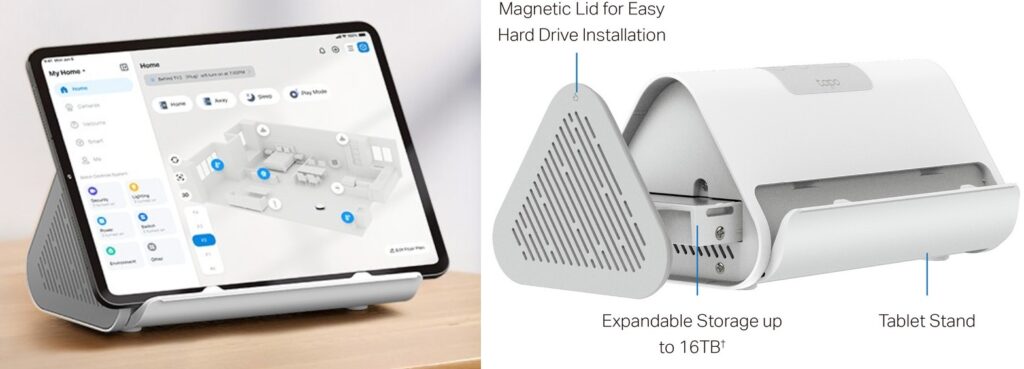
The USB-A port can be used for USB-A backup (FAT 32 tested to 1TB), and a 20-second clip is about 10MB in computer-readable MP4 format. These are unencrypted.
Considering that a 1 Terabyte drive is equal to 1 million Megabytes, storage should hold 10,000 clips.
Alarm system – Lots of potential
The Tapo app provides a highly configurable home alarm system. Shortcuts can be created for controlling several devices at once. TP-Link has many pre-made automations.
HDMI – Pass
HDMI is audio and video screen mirroring and needs to be set up as a dashboard that can show one or four live streams for AI-enabled cameras. Battery-operated cameras only show when activated. It does not show playback of events.
CyberShack’s view: TP-Link Tapo H500 smart home base has potential if you are willing to stick with Tapo
I read a lot of the early user reviews, and for the most part, they were from people who did not understand security systems, apps and hubs.
If you consider it as a local storage hub that adds capabilities to up to four existing compatible Tapo cameras and enhances the AI capabilities of recent Tapo camera’s then you won’t be disappointed. The IoT and sensors are a bonus.
If you are tech-savvy, you can do an awful lot in the Tapo app—geofencing, routines, schedules, and getting the devices to work together.
Rating
We won’t formally rate it because it’s a single-brand device.
- Features: 2.5” HDD/SSD storage for tens of thousands of clips. The Tapo app is fully featured. It’s too early to worry about Matter.
- Value: It is a similar price to comparable base stations.
- Performance: Minimal lag and can support up to 16 cameras, although the Tapo interface at that scale is messy!
- Ease of Use: 16GB out of the box storage, and very easy to set up. Add HDD storage later. There are many things you can do if you learn the app.
- Design: I like the tablet stand and 7.5W charging.
Competitor
Its closest competitor is the Eufy Homebase 3, which has been out for over two years. A new E10 Smart Display ($369 with an 8” touch screen) works with HomeBase 3 and will ship soon. It has substantially more features and IoT integrations.
As we keep saying, it’s more about the brand that will give you the best ecosystem.
Pro
Brings the Tapo ecosystem together.
Tons of no subscription storage
Local AI is improving with each firmware update
AI reduces false positives
Adds a chime and siren
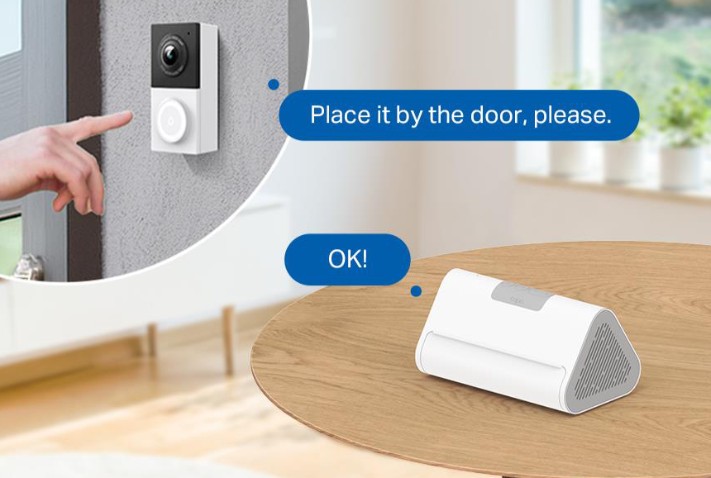
Con
Runs hot – consider a 2.5” SSD rather than an HDD.
You are going to need to plan your security and IoT ecosystem to get more out of this.
Be prepared to invest time to get the most out of the app.
A tablet is handy and will cost a few hundred more (use a smartphone)
Matter and ONVIF are still works in progress.
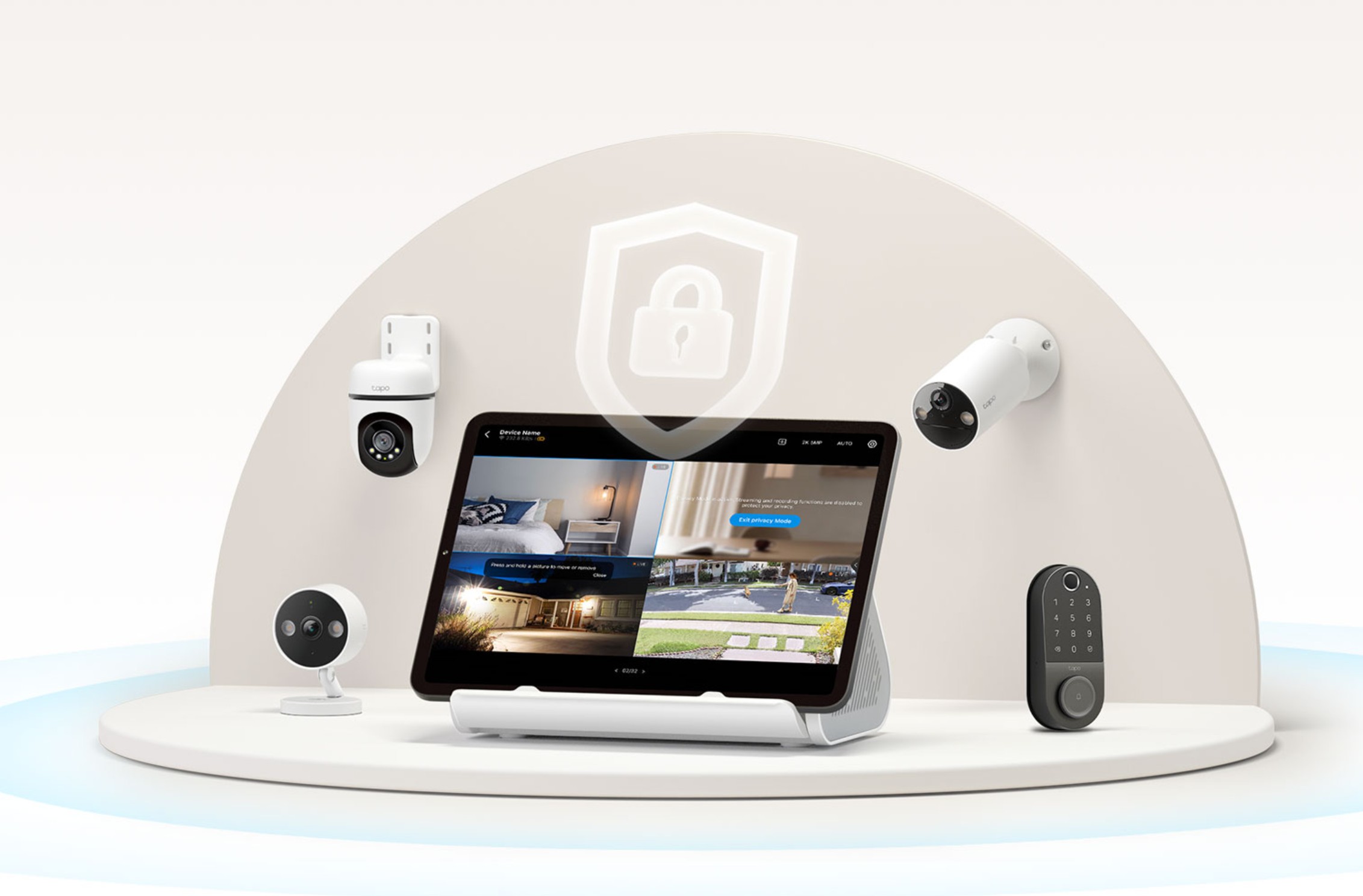


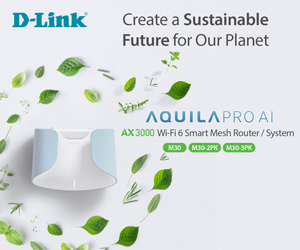

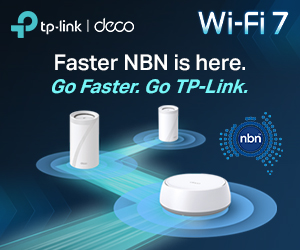

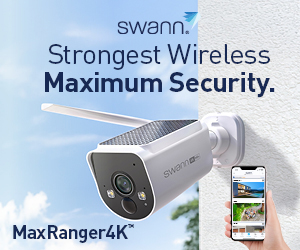

Comments